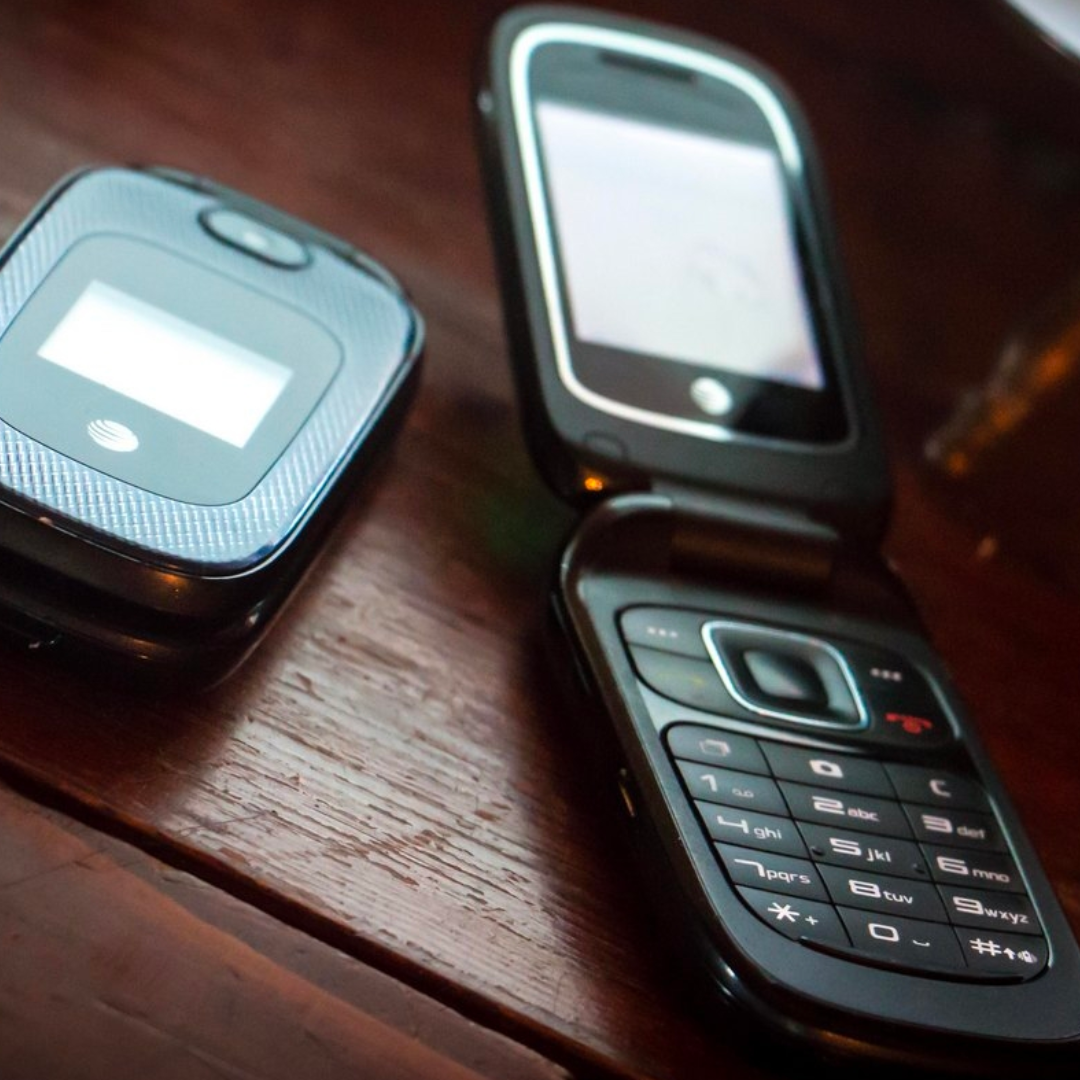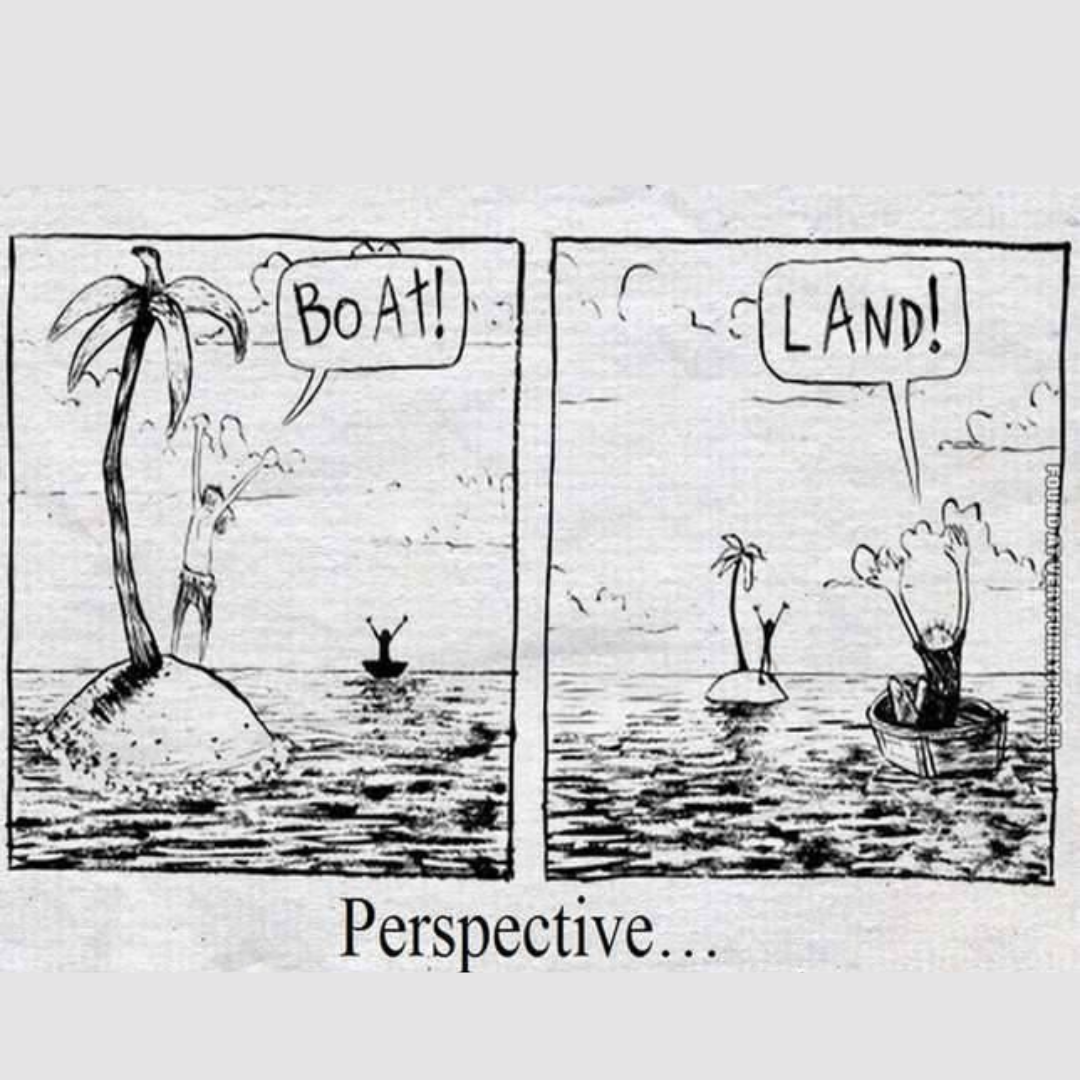
The Case for the Flip Phone
~3-4 mins read
At Sullivan Manor, we live and we dress with intention. We challenge our own worldview and maintain curiosity about how others see the world. We dress to reflect our inner narrative, to present our character with confidence. So today, we present to you one such challenge of worldview: the technology in our pockets - our phones. As the title suggests, I carry (and endorse) a flip phone. Here's why.
The intentional choice
In a recent Zoom meeting over financial matters, it was suggested that participants exchange information after the meeting via cell phone. This could be an issue because I have a flip phone while the others had smart phones. One person referred to my phone as a “wind-up phone.” I was not upset at the description. The phone is exactly what I had in mind. In keeping with the philosophy of Sullivan Manor, the choice is intentional.
The flip phone has been with me for many years. In fact, the first phone wore out and this is the second incarnation. It was originally bought as a “911” phone, for emergency use only, and it has been used for breakdowns on the road. The phone also does text messaging using the standard number pad for a touch phone. It can take up to four pushes on a key to get to the character being typed.
Typing a text message is an exercise in patience. As a result, each text message is carefully crafted and carefully reviewed. My sense is that the quantity of text messages is down, but perhaps the quality is up.
Why not upgrade?
There are newer and much more powerful smart phones now, and better phones are being developed all the time. Why not upgrade the phone? Certainly Bell Canada wants me to; they keep telling me so.
The phone is on a pay-as-you-go plan, and has been for all these years. Initially, the only cost was time spent on the phone, either talking or texting. That wasn’t generating enough revenue for Bell, so now they take money monthly seemingly just because. Even so, per unit time, the flip phone is less expensive than a smartphone plan. Only on rare months of heavy use does the cost approach that of a smartphone. Each text costs money, so there is consideration given for each text sent. Texts cost the same no matter how long they are (up to about 140 characters) so they tend to be full of information, not just a word or two. There is always consideration given whether a text needs to be sent at all.
The phone is not the focus of my day. While I always carry it, most days it isn’t used at all. The intention is that it be there if I need it. And the flip phone fulfills that intention.
On the sartorial side, the flip phone is much smaller and lighter than a smartphone. It can fit comfortably in any pocket. It’s not much bigger than a pocket watch and can be a replacement for a pocket watch. More on this in another session.

"Good is the Enemy of Good Enough"
An ancient Greek philosopher said, “Perfect is the enemy of Good,” although, of course, he said it in Greek. As I understand it, the engineering version of this expression is “Good is the enemy of Good Enough.” Why do I have a flip phone? Because it’s cheaper than a smartphone, and it’s good enough.
What is the intention for my phone? To be available in an emergency or on those occasions when it is convenient to contact someone by phone or text. My sense is that too many people are too “plugged in” for their own good and I don’t want to be one of them. This is my intentional bid for freedom from the internet and from too much connectivity, at least some of the time.
The pressure to upgrade is considerable, but so far so good.


